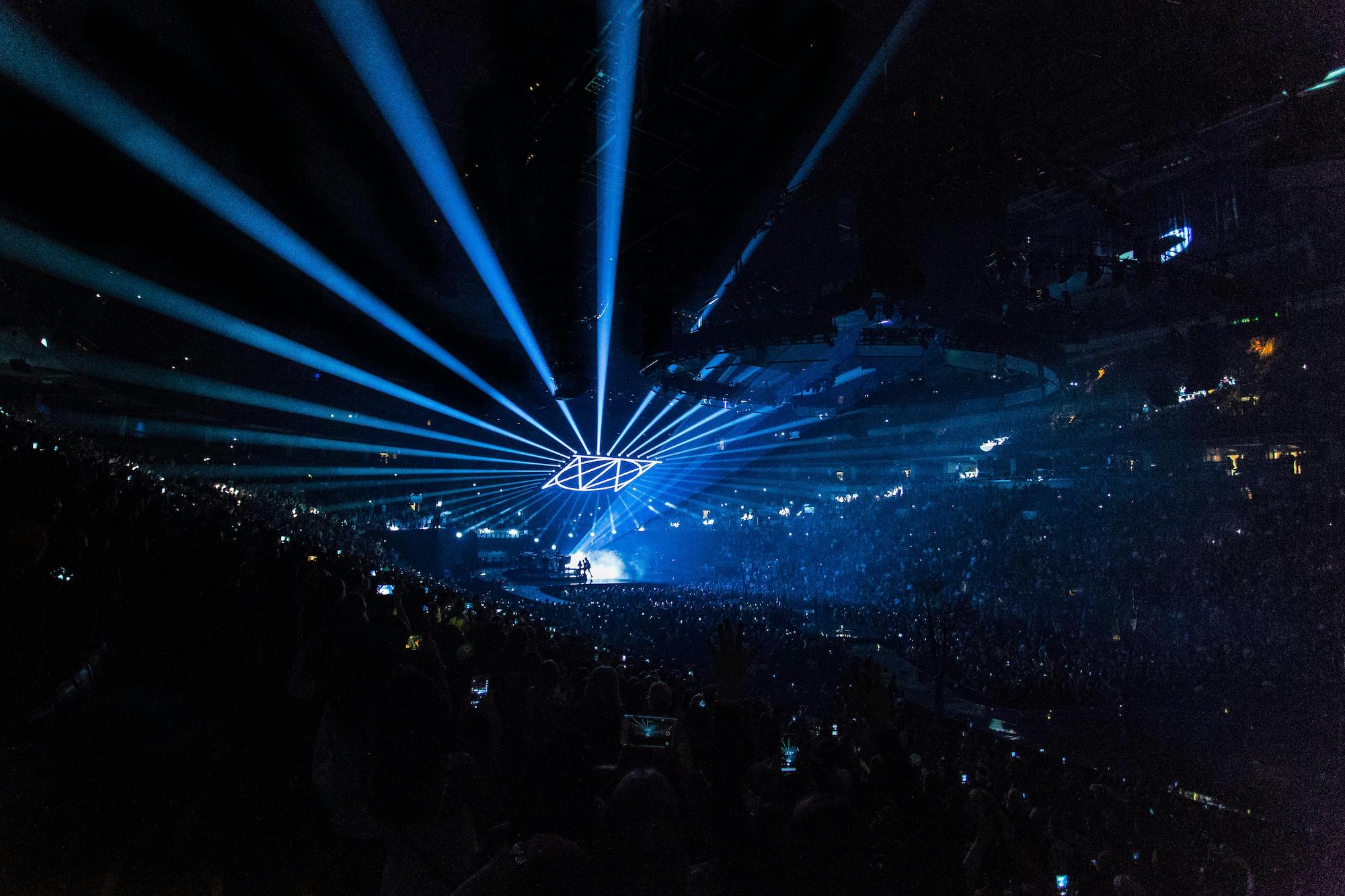
Let’s face it, out-of-home (OOH) advertising is having its deserved moment in the sun with the rise of three-dimensional (3D) anamorphic billboards and mixed reality computer-generated imagery (CGI) catching advertisers’ attention.
Social is still moving at the speed of your thumb, fuelled by its negative dopamine hits, and global mega events continue to draw the eyes and wallets of marketing executives wanting to see their brand perform on the biggest sporting stages.
But as global stages go, is it still more beneficial to get your logo into the background of a Messi masterclass at the World Cup or should a brand think and act on a deeper level?
Sit back and imagine: as you jou
To continue reading this article you need to be registered with Campaign. Registration is free and only takes a minute. Register Now or sign in below if you already have an account.









